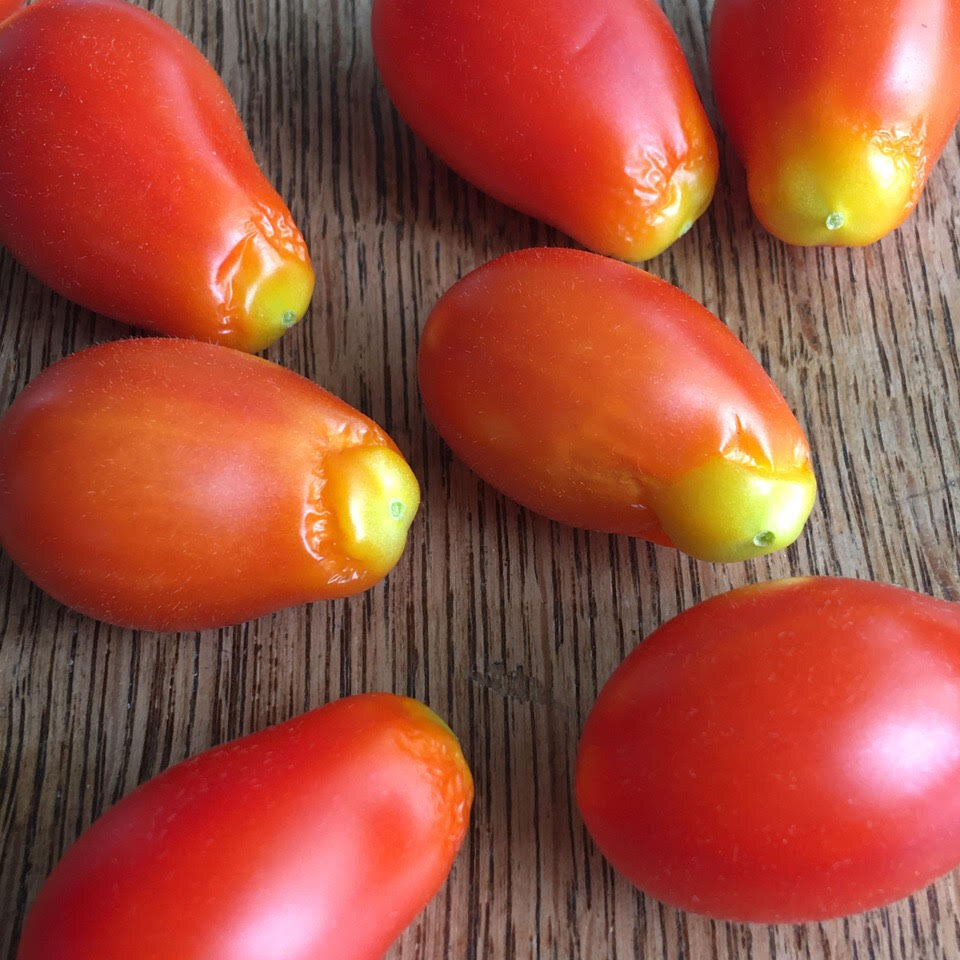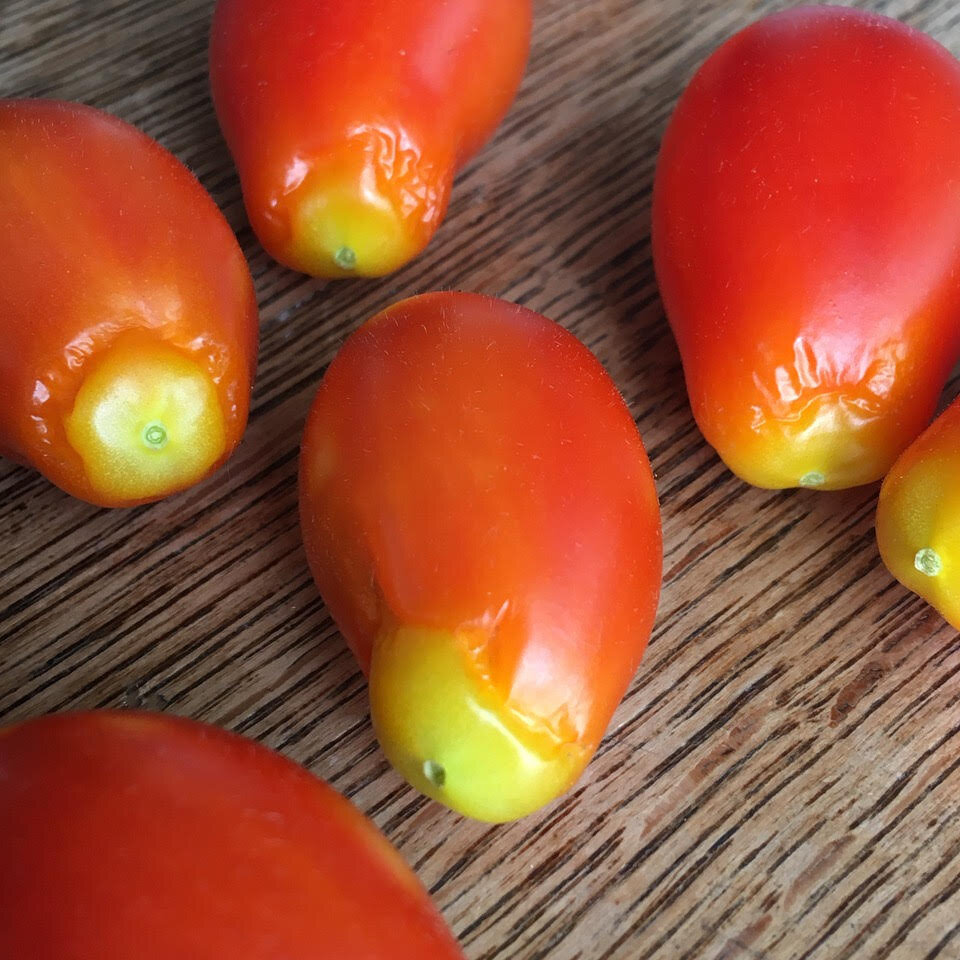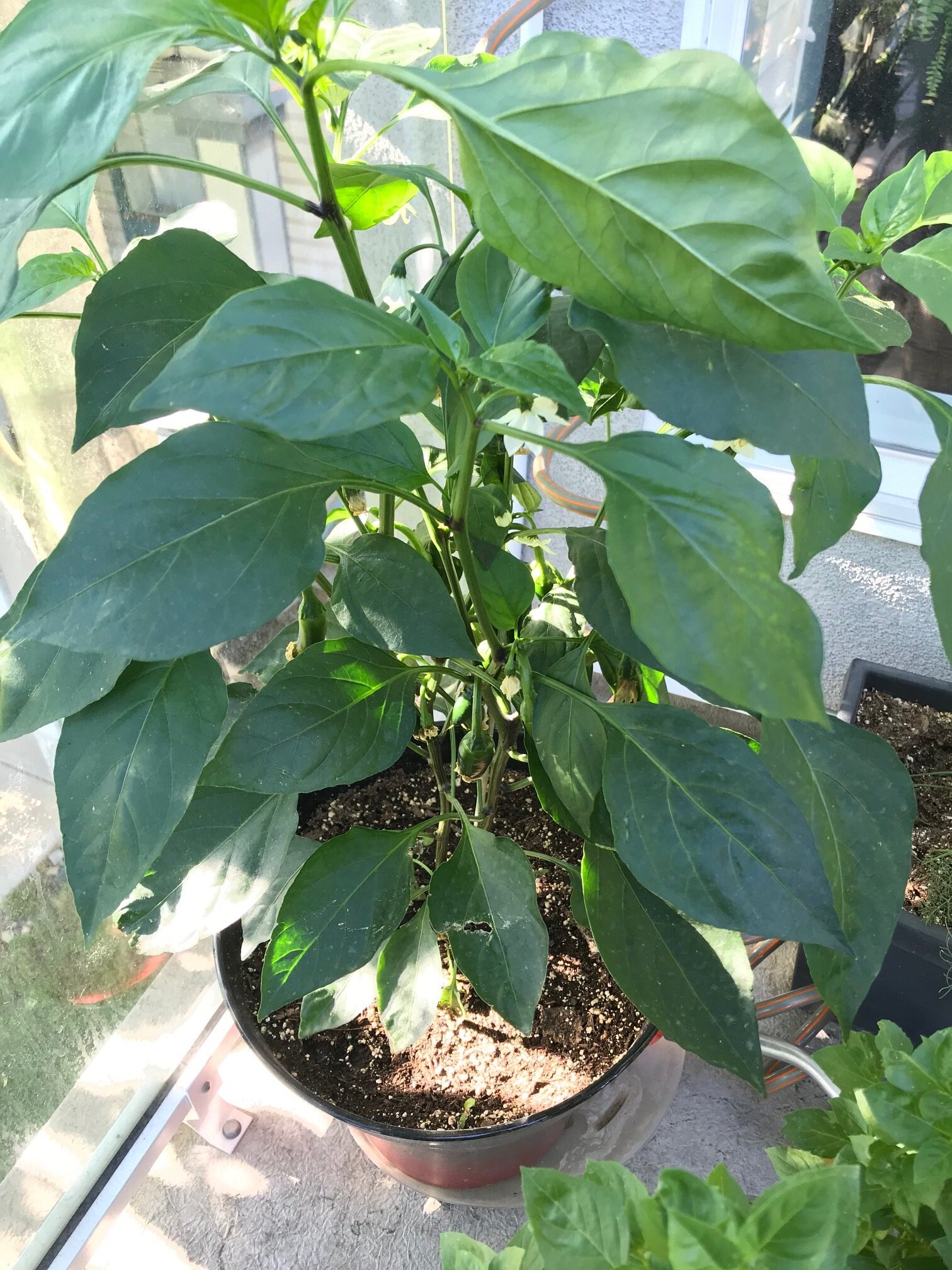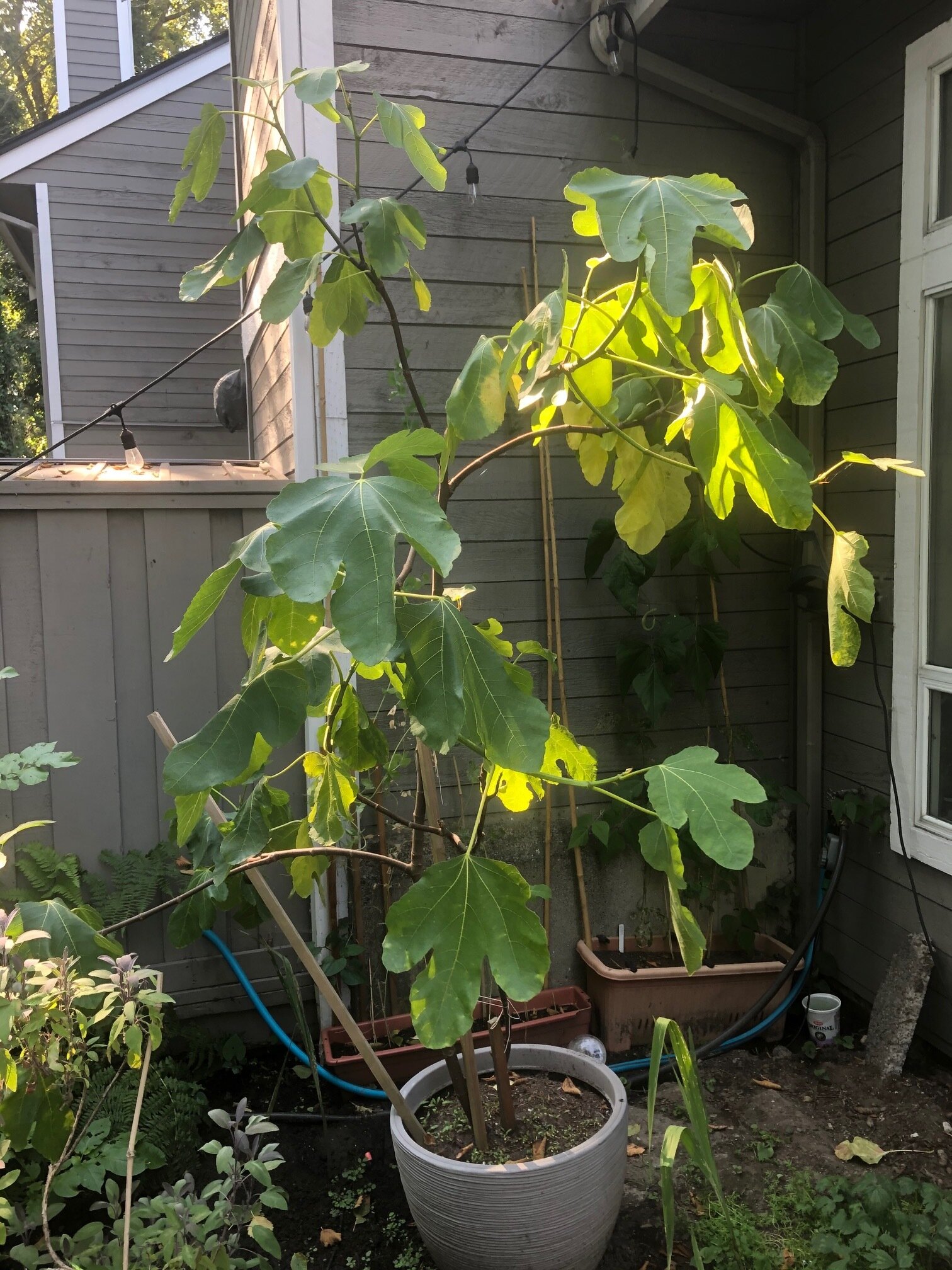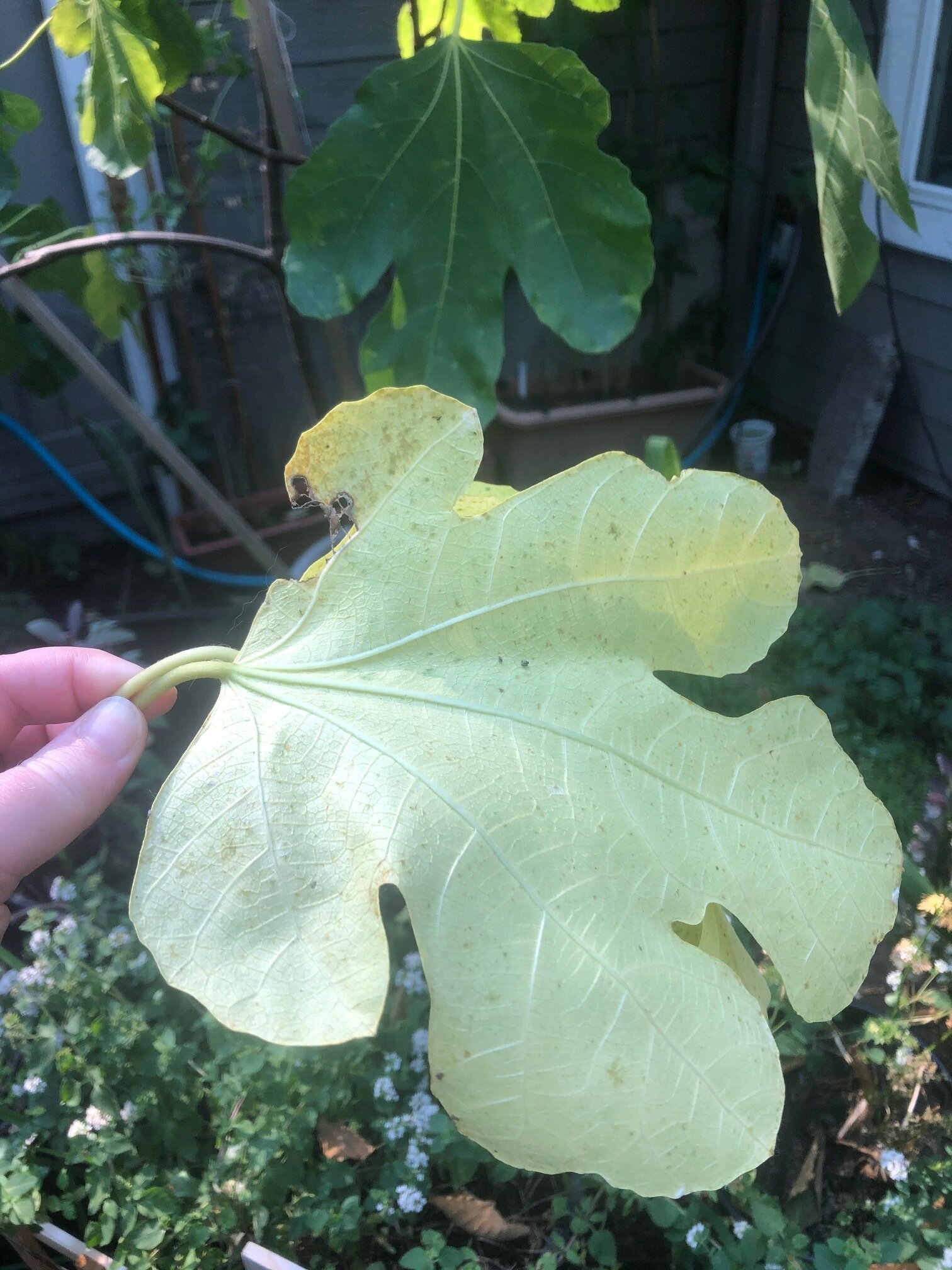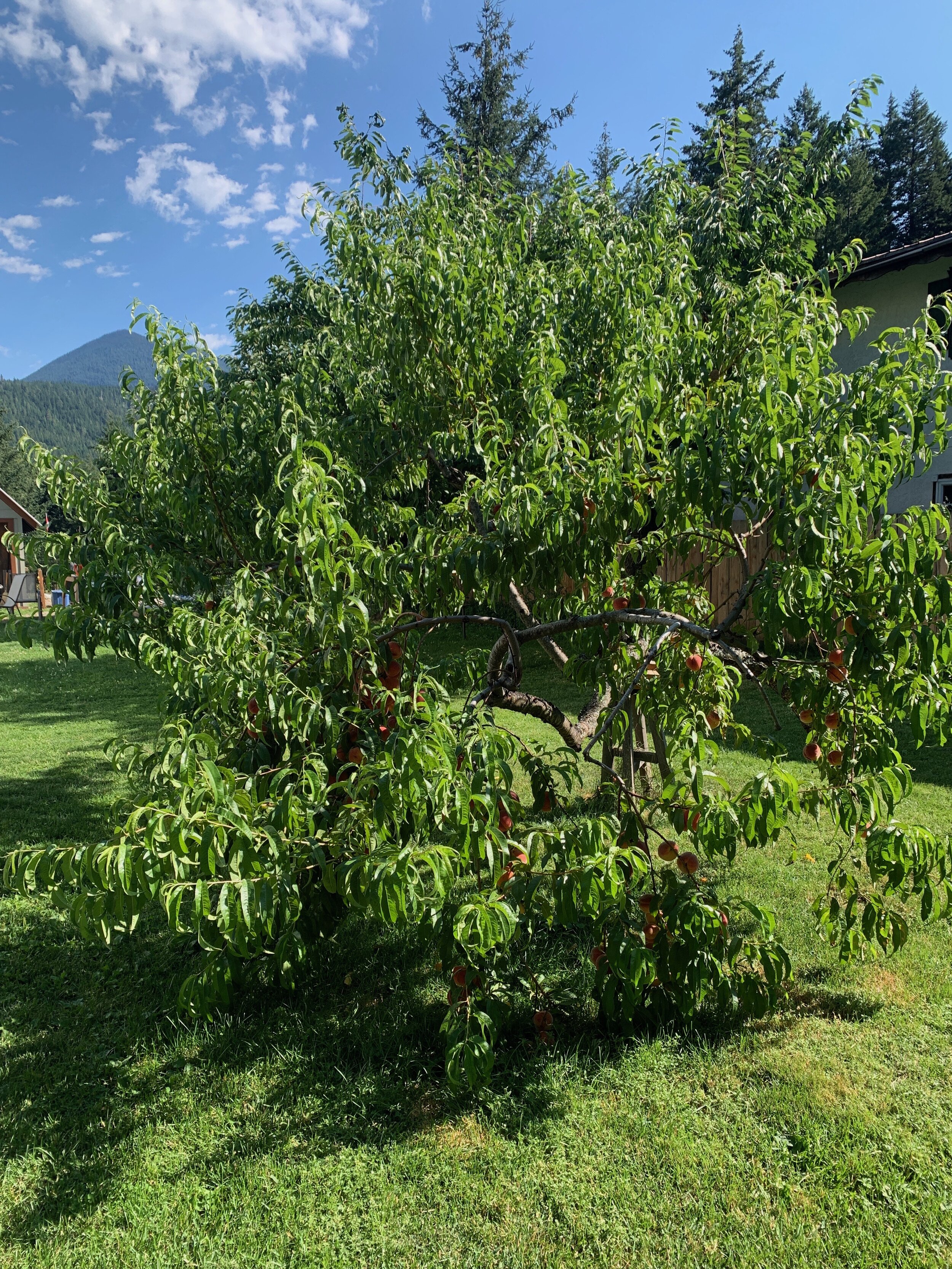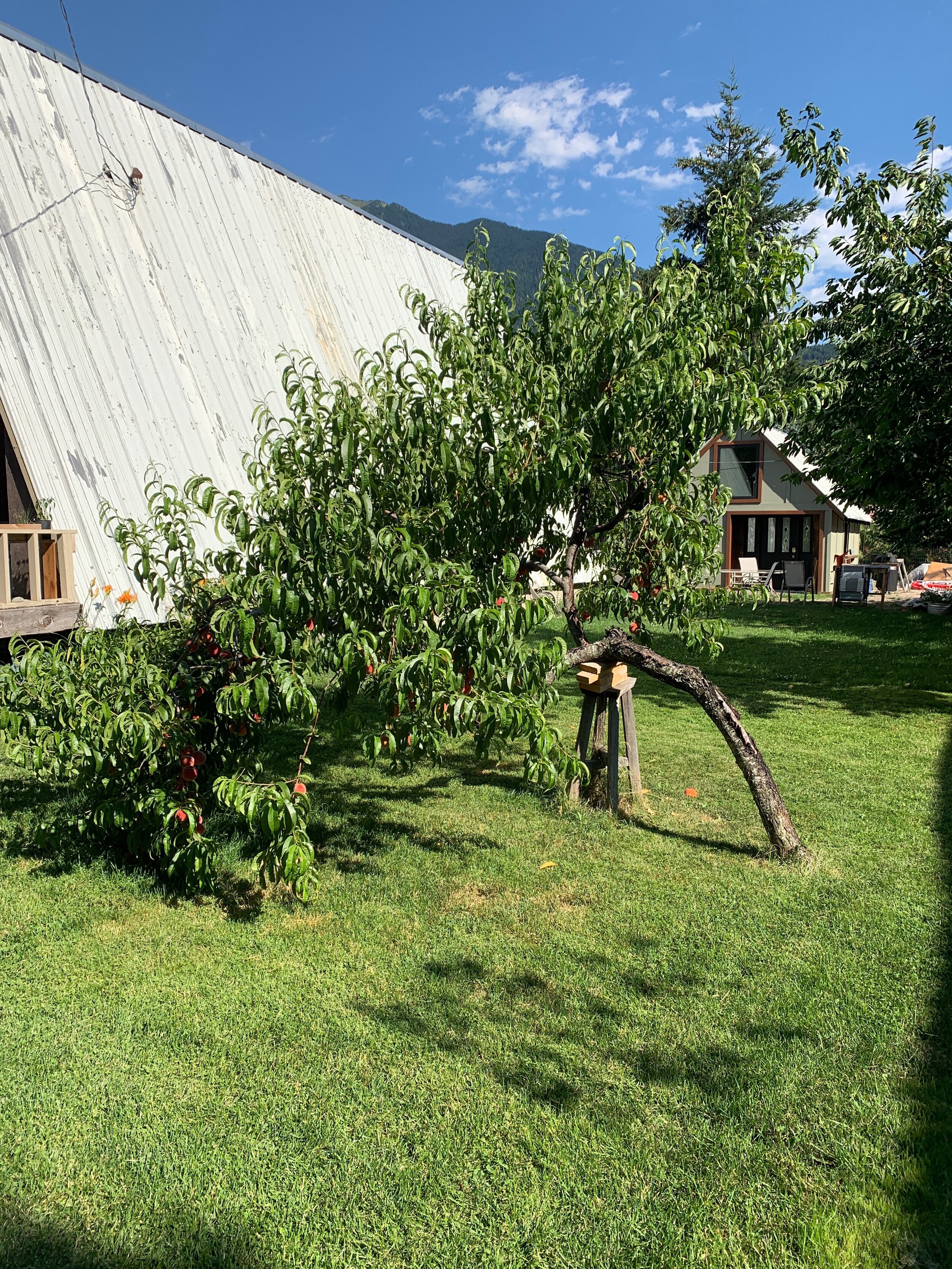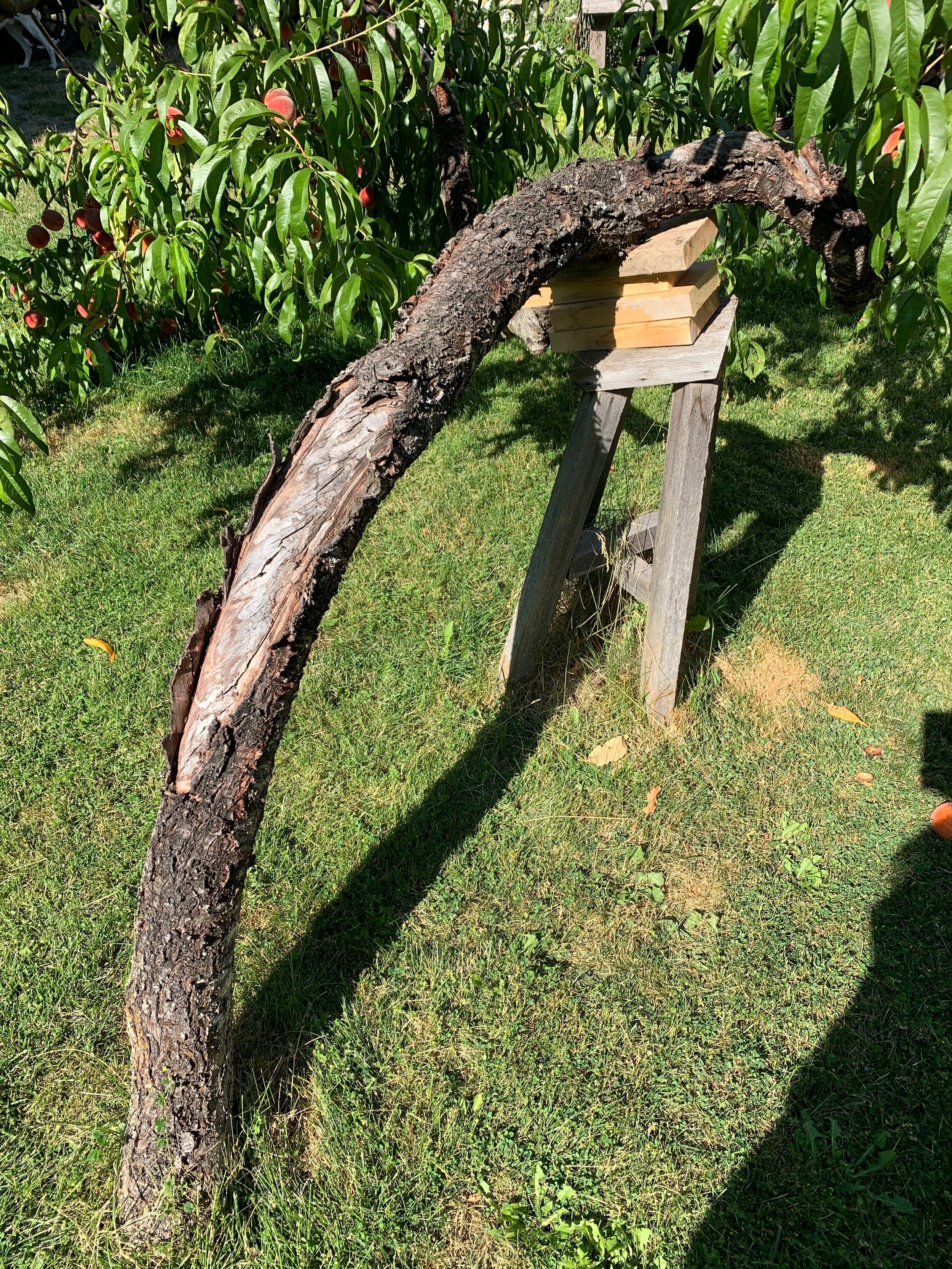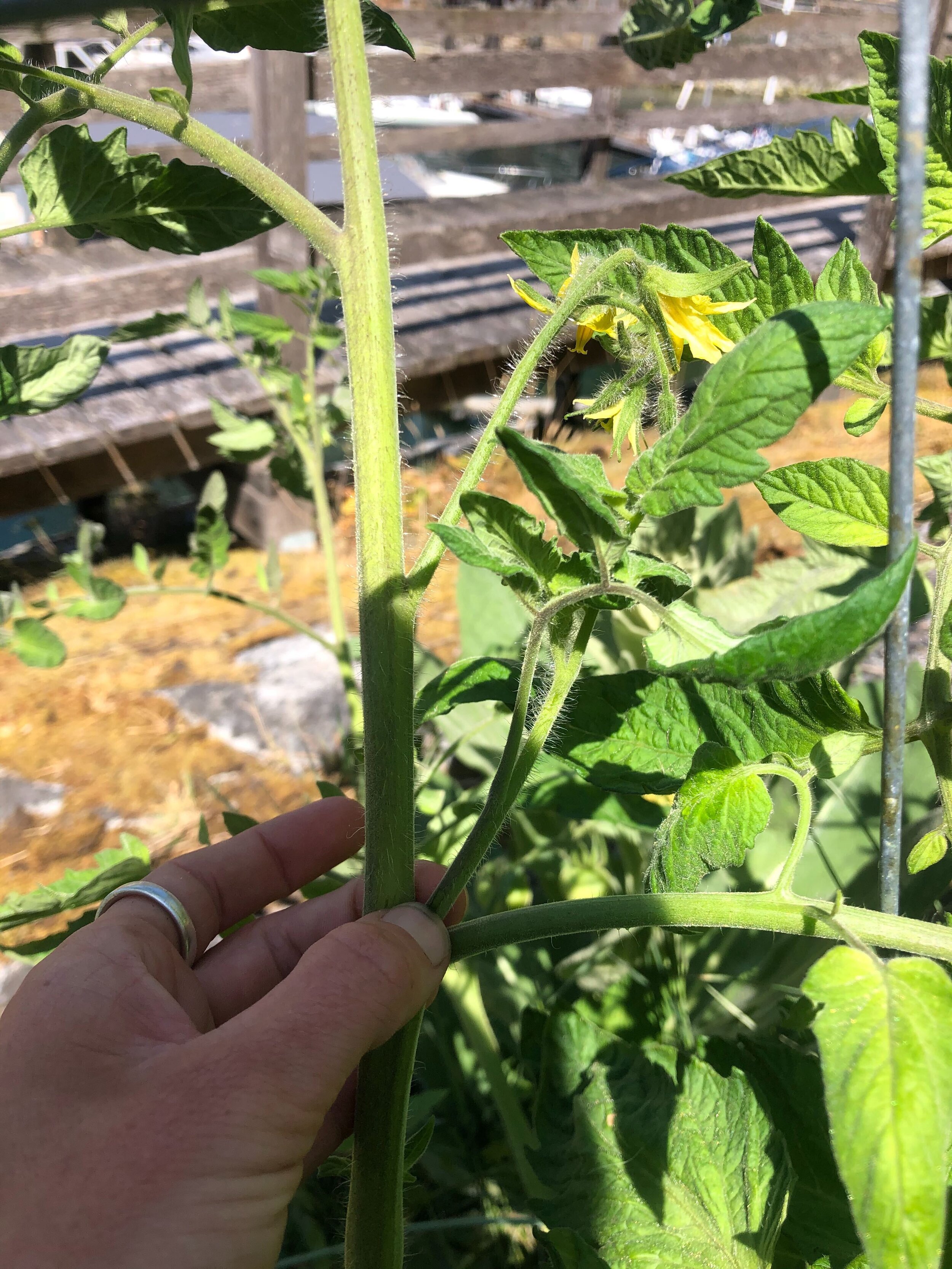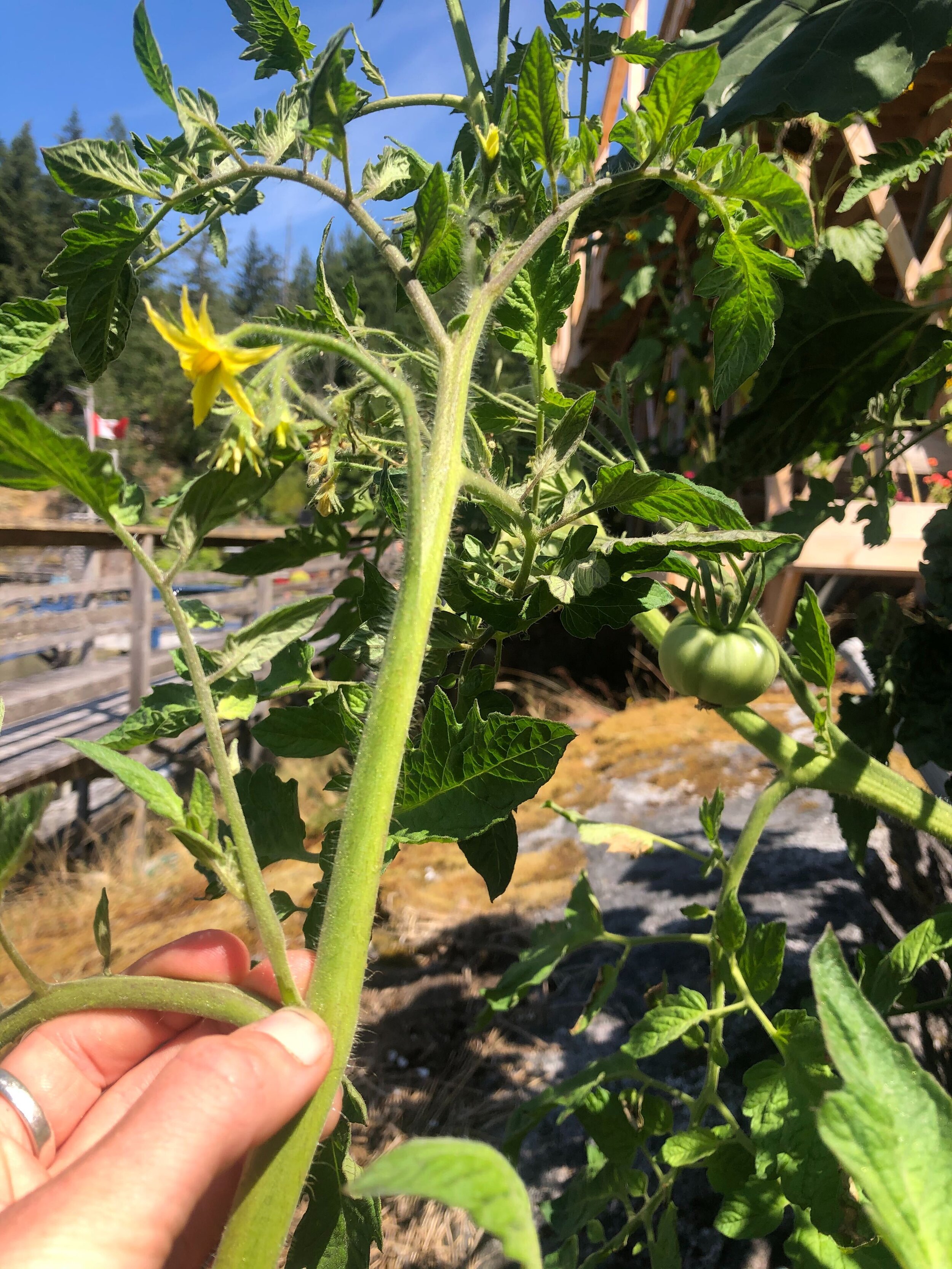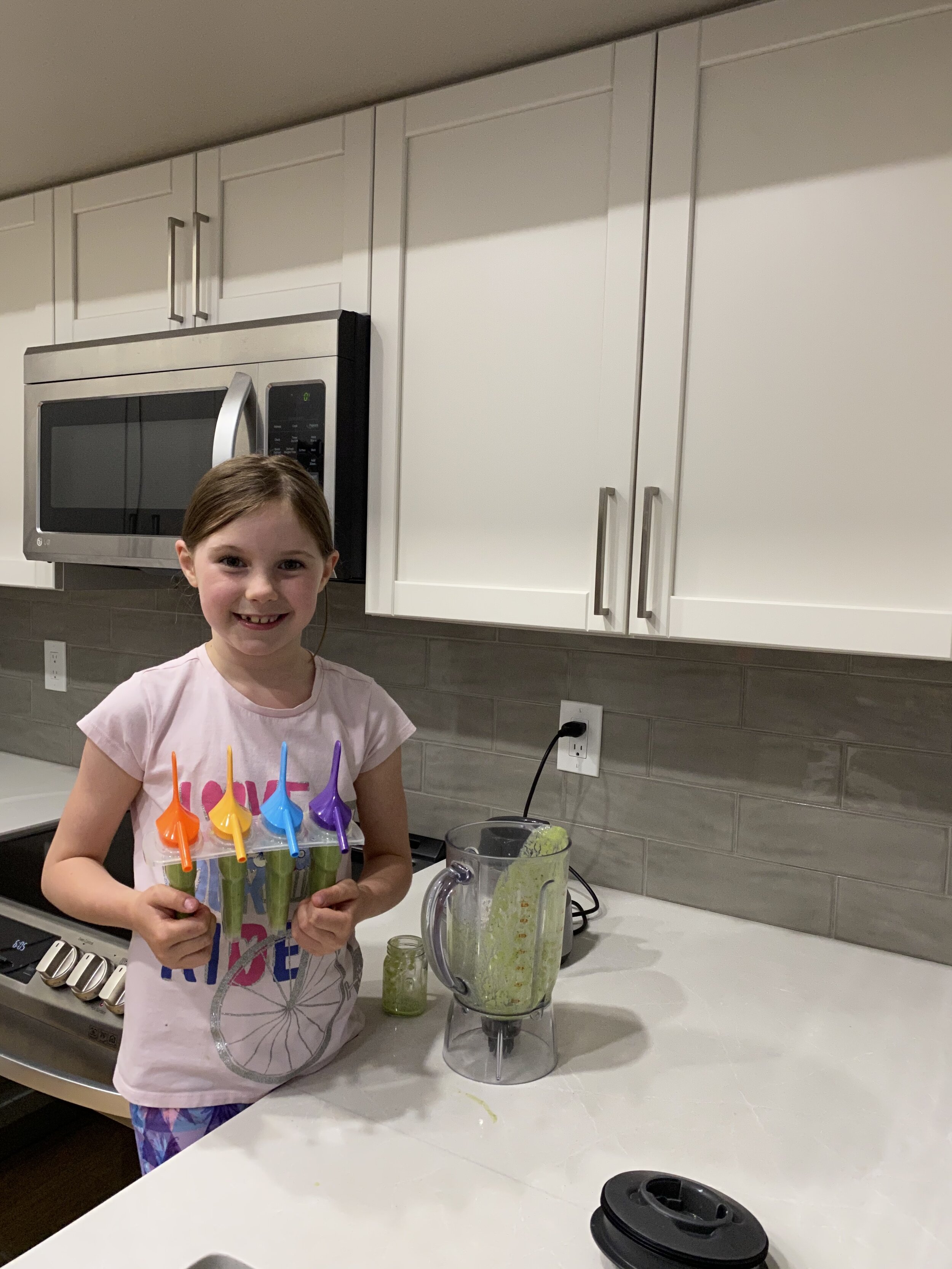Looking for a morning (or afternoon) pick-me-up? Try out this delicious, antioxidant rich powerhouse smoothie!
Filled with the perfect amount of protein, quality fats, carbohydrates, and an array of vitamins and minerals, this smoothie is great for growing kids. Not to mention it takes very little time to prepare which is always a bonus when leading a busy lifestyle.
If your child isn’t a fan of vegetables, smoothies are a fun and delicious way to ensure they are included in your little one’s diet. As well, due to smoothies being blended, this helps predigest nutrients and breakdown proteins, aiding in food sensitivity prevention as well. This recipe can be varied based on what your kid likes and any allergy concerns. Start simple with this smoothie, even starting with just the dairy-free milk and fruit, slowly working your way up to incorporating greens, nuts, and seeds. Ensure that you blend the smoothie until it is a very creamy consistency to your child’s preference. You can also freeze these into popsicles or use less liquid to serve this as a smoothie bowl.
Check out some of the benefits of the different ingredients below. Enjoy, and share with us any photos or stories of your favourite smoothies! The recipe card for this smoothie can be found “here”.
Dairy-Free Milk: With dairy and lactose sensitivities and intolerances on the rise, dairy-free milk provides a great alternative. Store-bought dairy-free milks often have nutrients added to them (vitamin A, D, E, B-vitamins, zinc and magnesium) and home-made ones provide some nutrients as well. When using home-made, the leftover pulp which is packed with nutrients can be used in baking and other recipes. These vitamins and minerals are important for the nervous system, digestive, intestinal, hormone and bone health. Some of our favourite dairy-free alternatives include almond, cashew, oat, coconut and walnut milk.
Wild Blueberries: Berries are incredible sources of antioxidants that help combat free radical damage and inflammation in the body. Berries, especially when combined with protein and healthy fats, can improve blood sugar balance. They are also high in fibre and many nutrients (Vitamin C, K, Manganese to name a few) that are essential for our immune and bone health. Some of our favourite blueberry alternatives are raspberries, blackberries and strawberries.
Nut & Seed Butters: All nuts and seed butters have incredible amounts of protein, healthy fats and nutrients including antioxidants (vitamin E), calcium, magnesium, zinc and iron. Healthy fats are essential for energy, cell growth, nutrient absorption, hormone production and organ protection. Protein is essential for repairing tissues and hormone and enzyme production. The aforementioned vitamins and minerals are important for bone health, muscle relaxation, wound healing, skin, hair and nail health, anti-aging, and hormone and digestive health. Some of our favourite nut and seed butters include peanut, almond and sunflower butters.
Hemp Hearts: Not only is this local seed a perfect protein, but hemp hearts have incredible amounts of fibre, iron, B-vitamins, magnesium, manganese, phosphorus and Omega-3’s. These nutrients are essential for fighting inflammation and joint health. Some of our favourite alternatives include chia seeds, pumpkin seeds, flaxseed and sunflower seeds.
Maca Powder: Maca is a type of adaptogen. Adaptogens are connected with detoxification and stress management. They work to normalize the stress response in the body. They are also considered an antioxidant, working to enhance mood, stamina and endurance, whilst promoting a calming energy. Adaptogens work with the body to promote its own balancing process. Alternatives to this include lion’s mane powder.
Dark Leafy Greens: Our dark leafies (kale, spinach, dandelion, chard, collards) are great sources of many nutrients including vitamins A, C, E, K and B-vitamins. They also contain tons of fibre, iron, magnesium, potassium and calcium. These nutrients are important for regulating the digestive and intestinal systems, and supporting our bone and hormonal health.
Cinnamon: Cinnamon is an incredible spice, loaded with antioxidants, and helpful in combating inflammation, blood sugar and cholesterol imbalances. For its medicinal properties, ensure that you are using “Ceylon” or true cinnamon (and not Cassia). Other spices and herbs that would go great in this smoothie include cardamom, allspice, pumpkin spice and mint.








